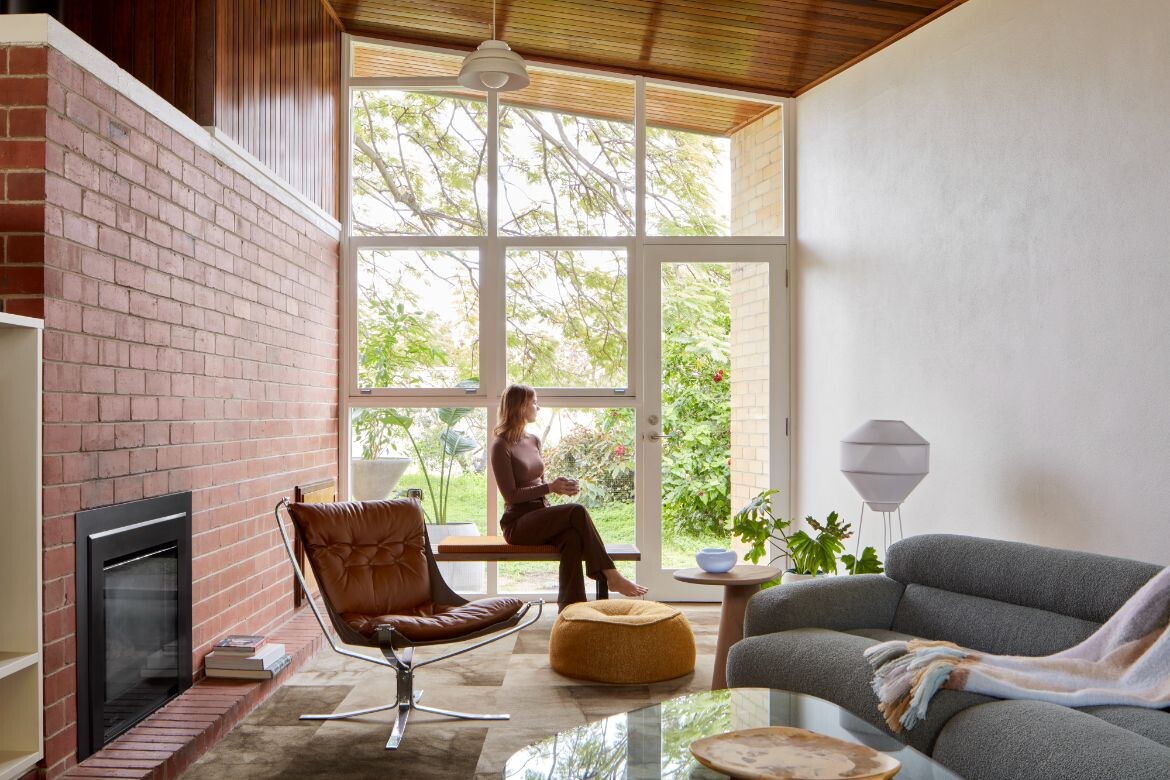It’s not often that interior designers get to work with a young client whose brief spans whole anticipated chapters of a life. But when this happens – or at least, when it happened to Fremantle-based studio Design Theory – the human element of the project becomes even more obviously a focus.
Their client, a young woman in her late 20s, had purchased a mid-century house in City Beach, Perth, which was her first home and was to be “her first forever home”, according to Lisa Reeves, director of Design Theory.
“She’s this really lovely, down-to-earth person who is currently studying and living with friends and loves to entertain. She wanted this to be a place where she would be comfortable coming home from the beach, having some friends over, cooking dinner and having some drinks outside. She also has a dog, so she wanted it to be pet-proof,” says Reeves.
“But she also wanted it to be a place that could accommodate her if she eventually has a family and kids. She wanted it to be a home for both.”

Although the existing house had good bones, having been built by renowned local architects Duncan, Stephen and Mercer in the late 1950s or early ‘60s, it hadn’t been maintained over the years, and so was in bad condition when Reeves and the Design Theory team came on board.
“It wasn’t in good shape. It had termites and concrete cancer, and just needed a whole lot of TLC,” says Reeves. However, the home’s mid-century credentials were part of the appeal for the client when she purchased it, and it was important to her that these were respected in the design overhaul. This was a green flag to Reeves, who says that with any other client, the uniqueness of the home could easily have been forsaken in a bid at modernisation.

Instead, one of the more rewarding parts of the project for Design Theory – a full-scope brief that entailed building, reconfiguration, interiors and furniture selection – was the process of “respectful restoration”.
For instance, the pendant lights that hang in the dining room were salvaged and restored to their former glory; while much of the timber a defining feature of the home’s aesthetic is a lovingly restored version of what came with the original purchase. Even the vintage furniture that was acquired with the house was kept and repaired, which lends an authenticity to this next chapter of the home’s life.
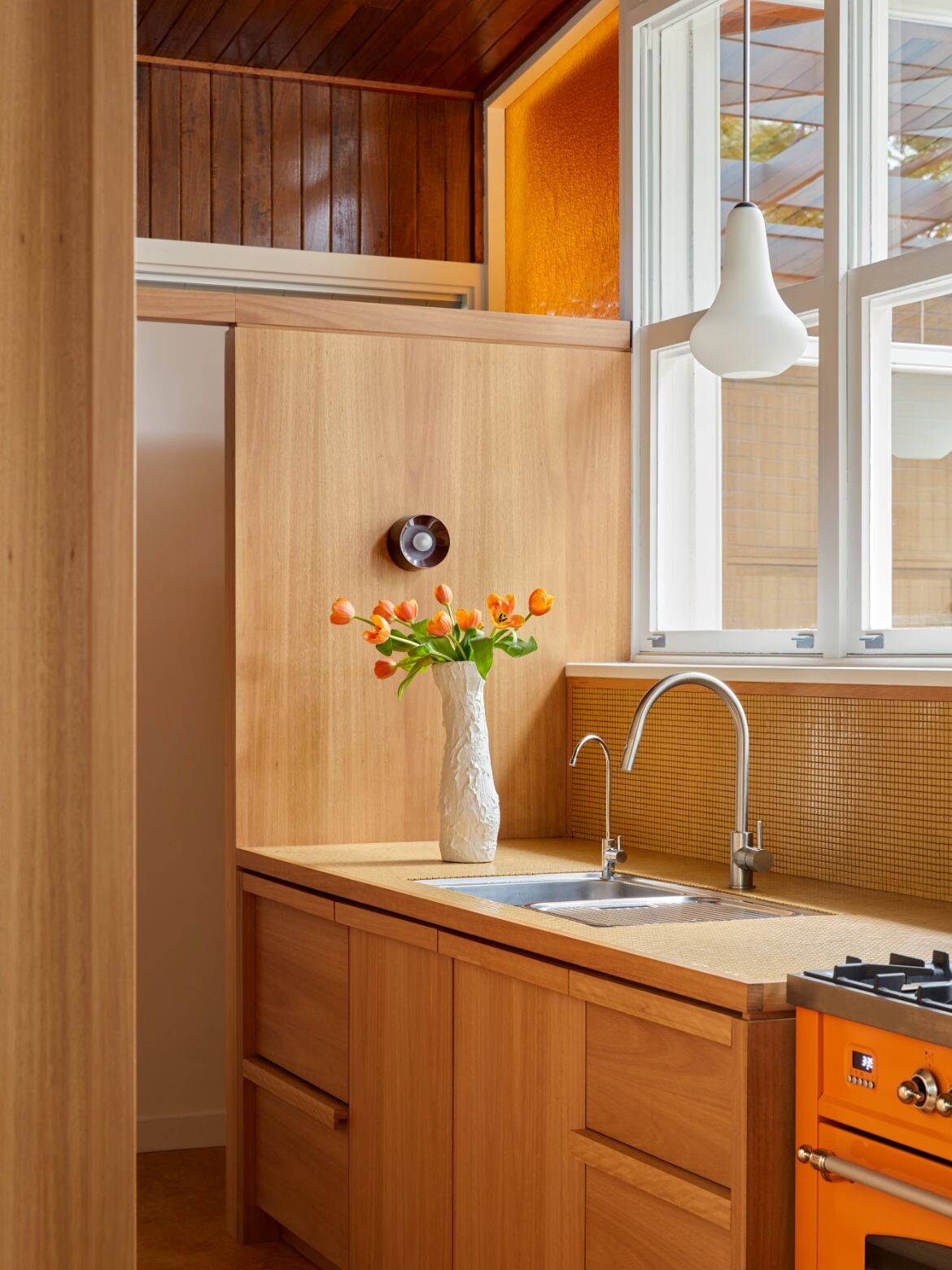
There are plenty of new elements to the home, but where these exist, they were added with respect to the mid-century bones of the home and the historic character of its previous chapters. “Honest and authentic to itself, are the words I would use, if I had to choose,” says Reeves on their approach to the home.
The pops of colour evident in elements such as the restored cabinetry and ensuite bathroom take cues from the particularities of mid-century design as manifested in the Australian climate, while nodding to the vibrant colours of the Western Australian landscape. Idiosyncratic local experiences such as the sunsets, the flora and the beaches are evoked, for example, in the mosaic tiles that were hand-selected for the feature bathtub in the ensuite, and in the burnt orange oven that was especially imported from Italy for the kitchen – a particularly important space for the owner, as someone passionate about having her home feel comfortable for hosting.

In addition to having an honest beauty, it was crucial that the home function in a practical sense for coastal living.
In this particular context, with the home situated within walking distance from City Beach, this translates predominantly as hard wearing durability.
“The client wanted it to be somewhere that she could come home from the beach and not have to worry about walking through the living spaces before she showered and got changed,” says Reeves.
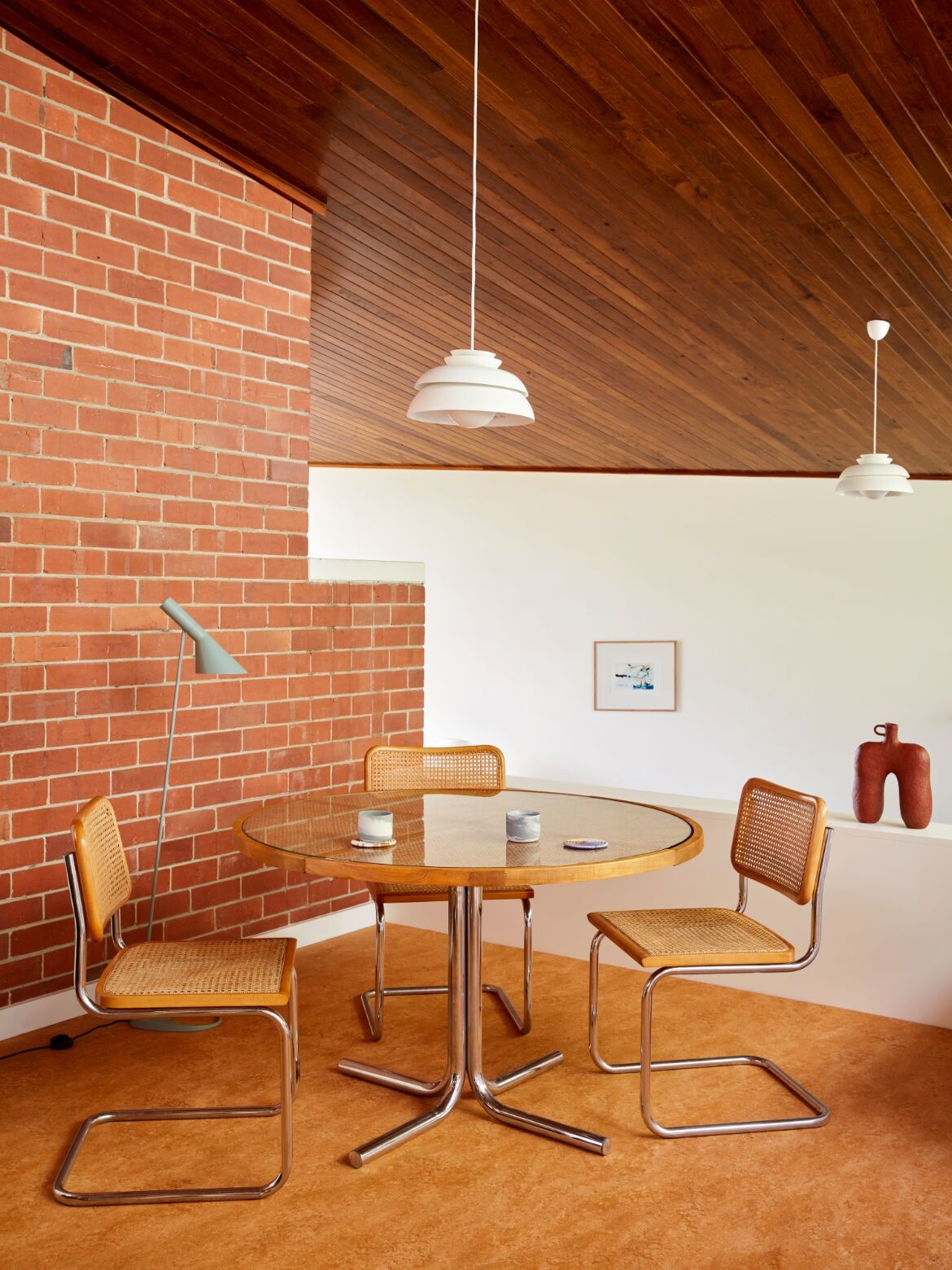
“She wanted to be able to come home from the beach with friends and have drinks and feel comfortable. And so whatever we did had to reflect that.”
At the end of the day, the brief that Design Theory brought to life for City Beach House was one that put the comfort of the owner and of her loved ones, both now and in the future – front of mind. It is a home of unique beauty that respects the chapters that have come before it, while safeguarding whatever it may be that comes next.
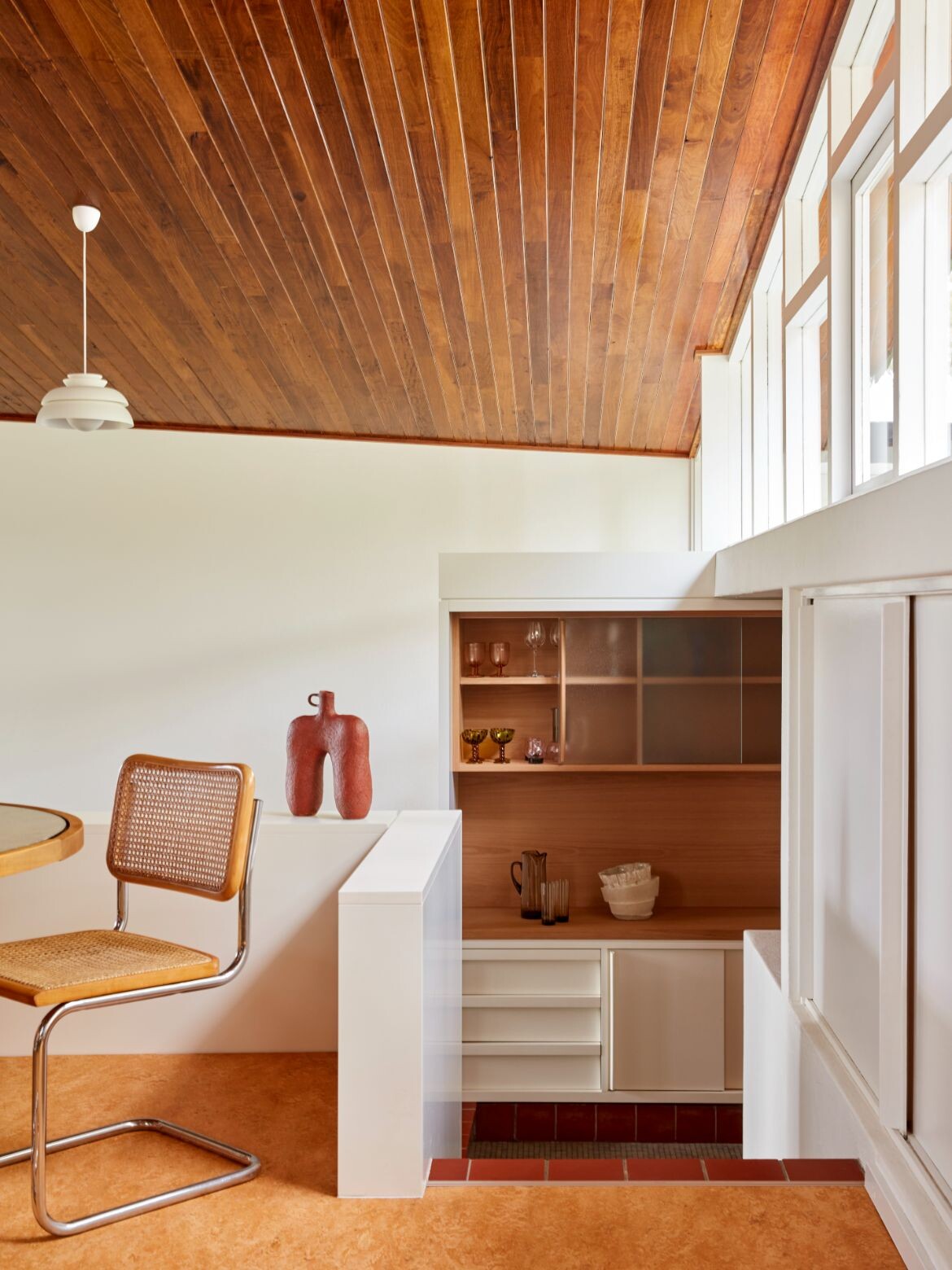
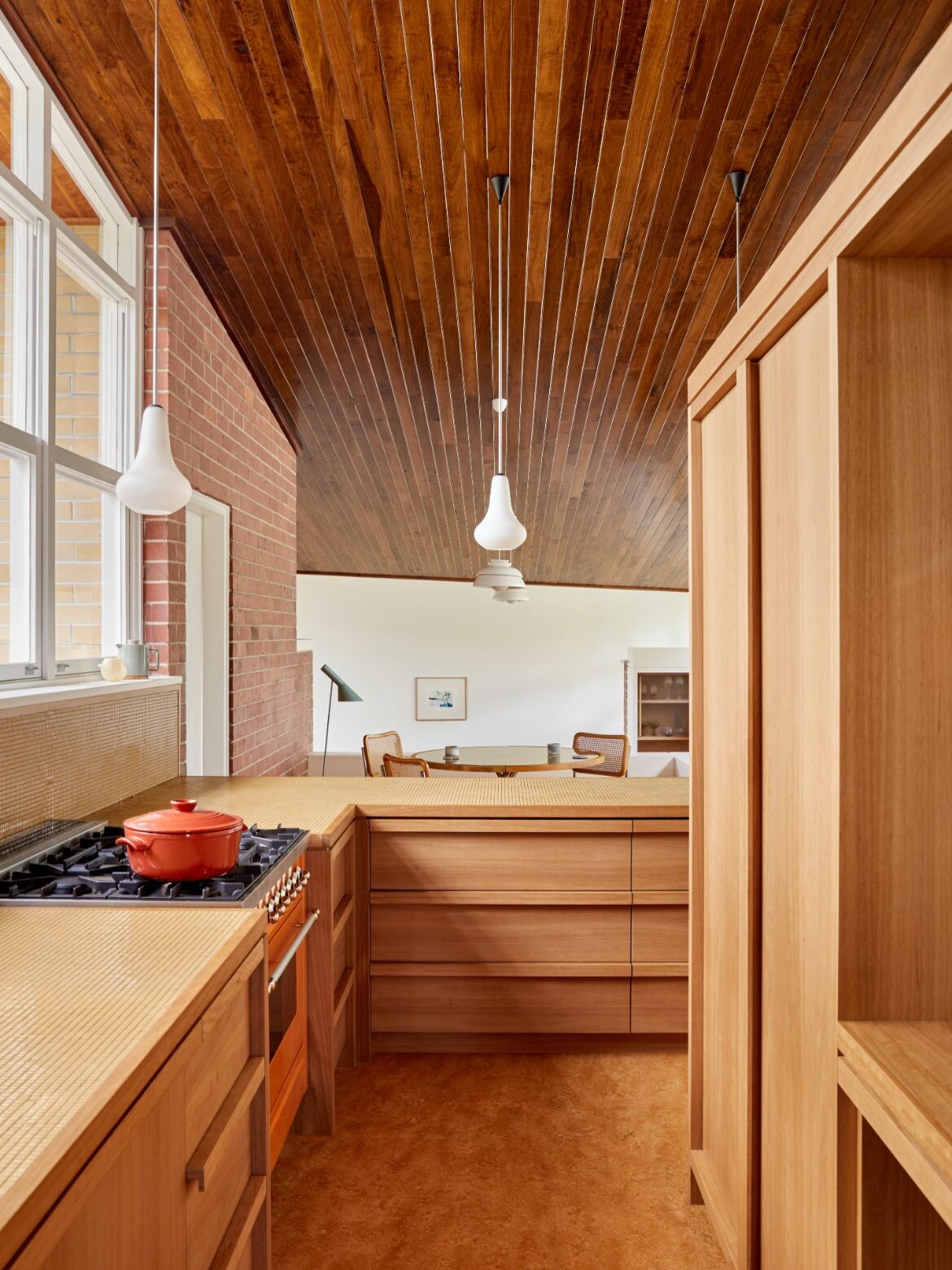
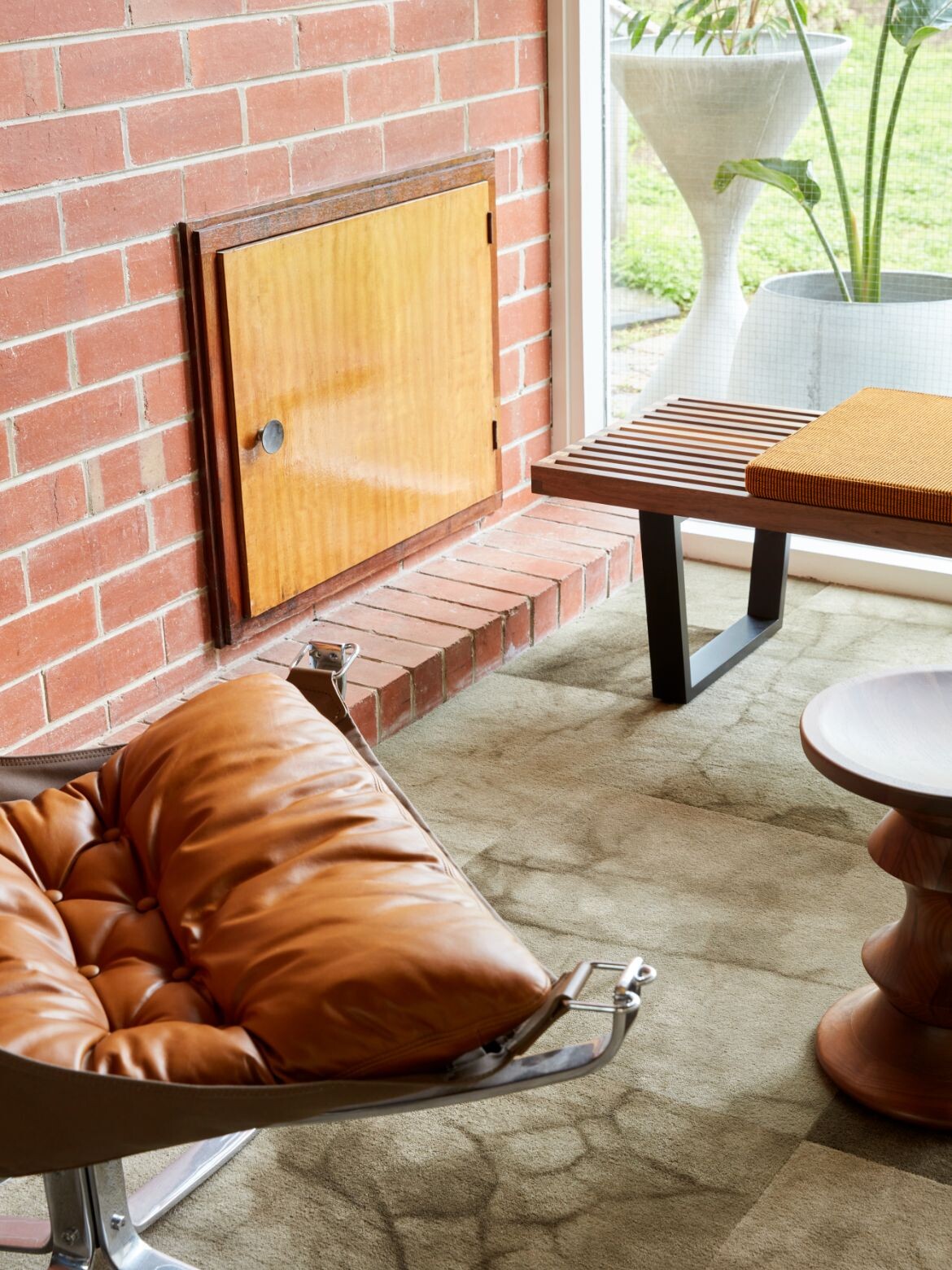
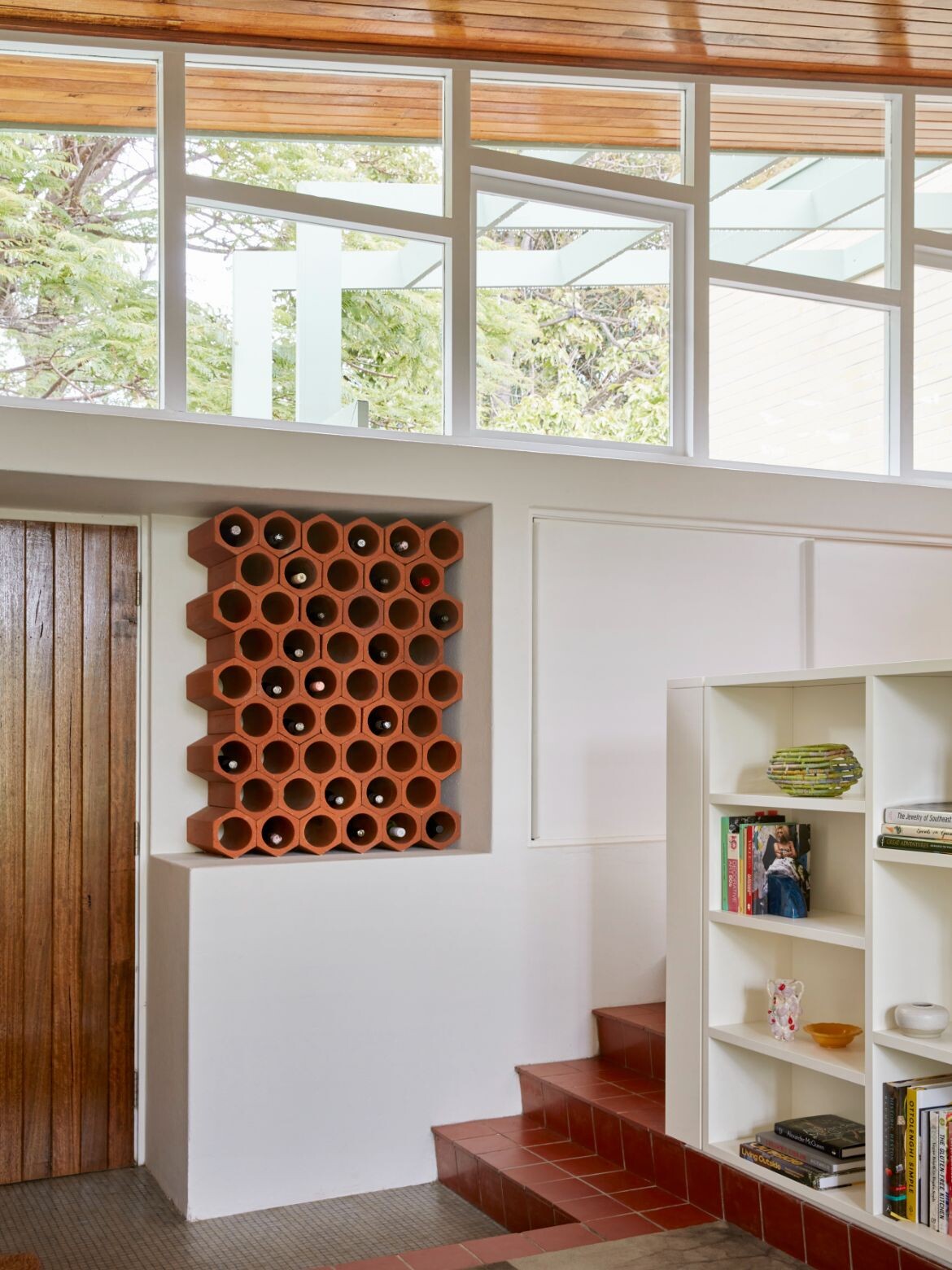
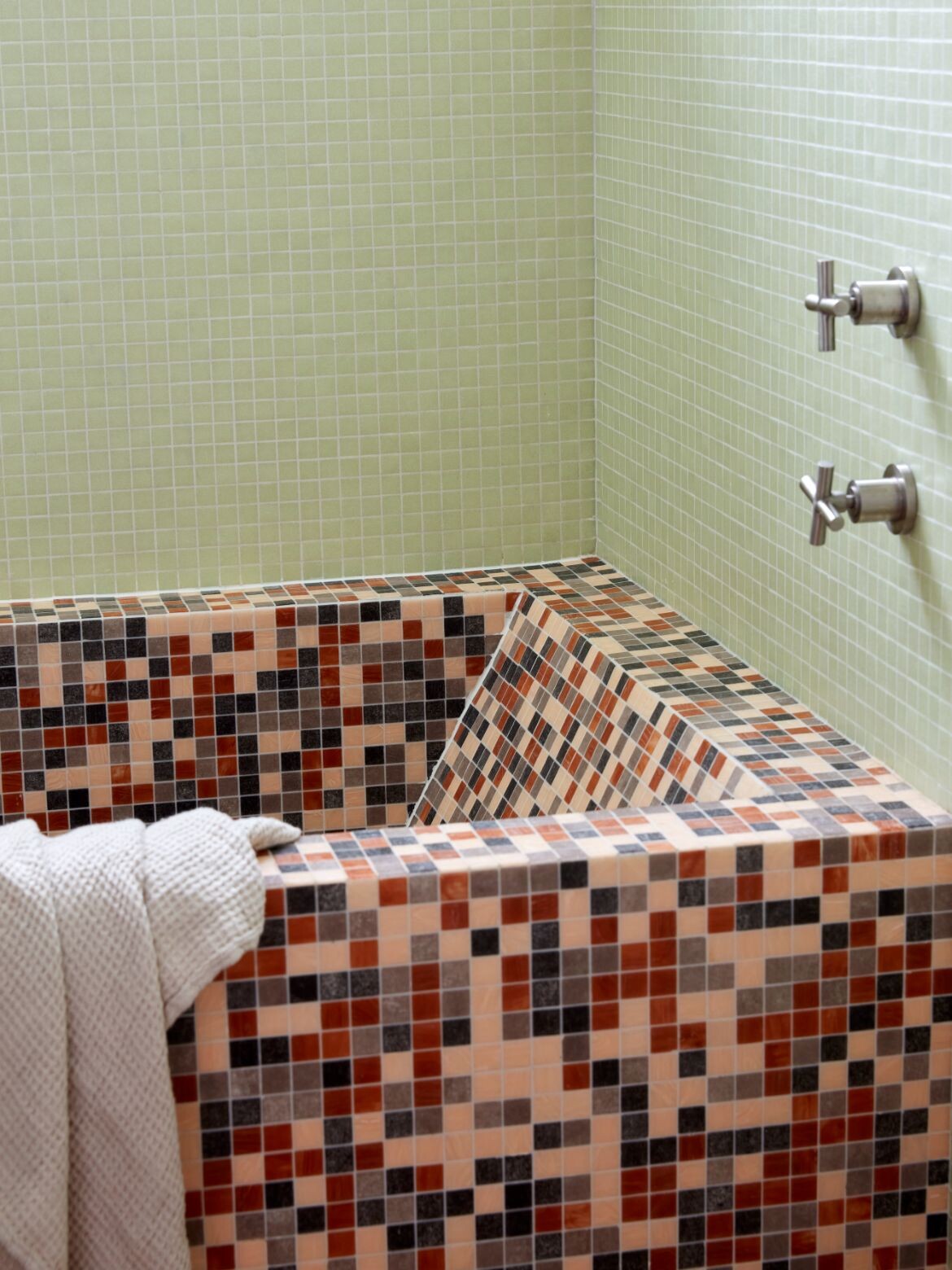



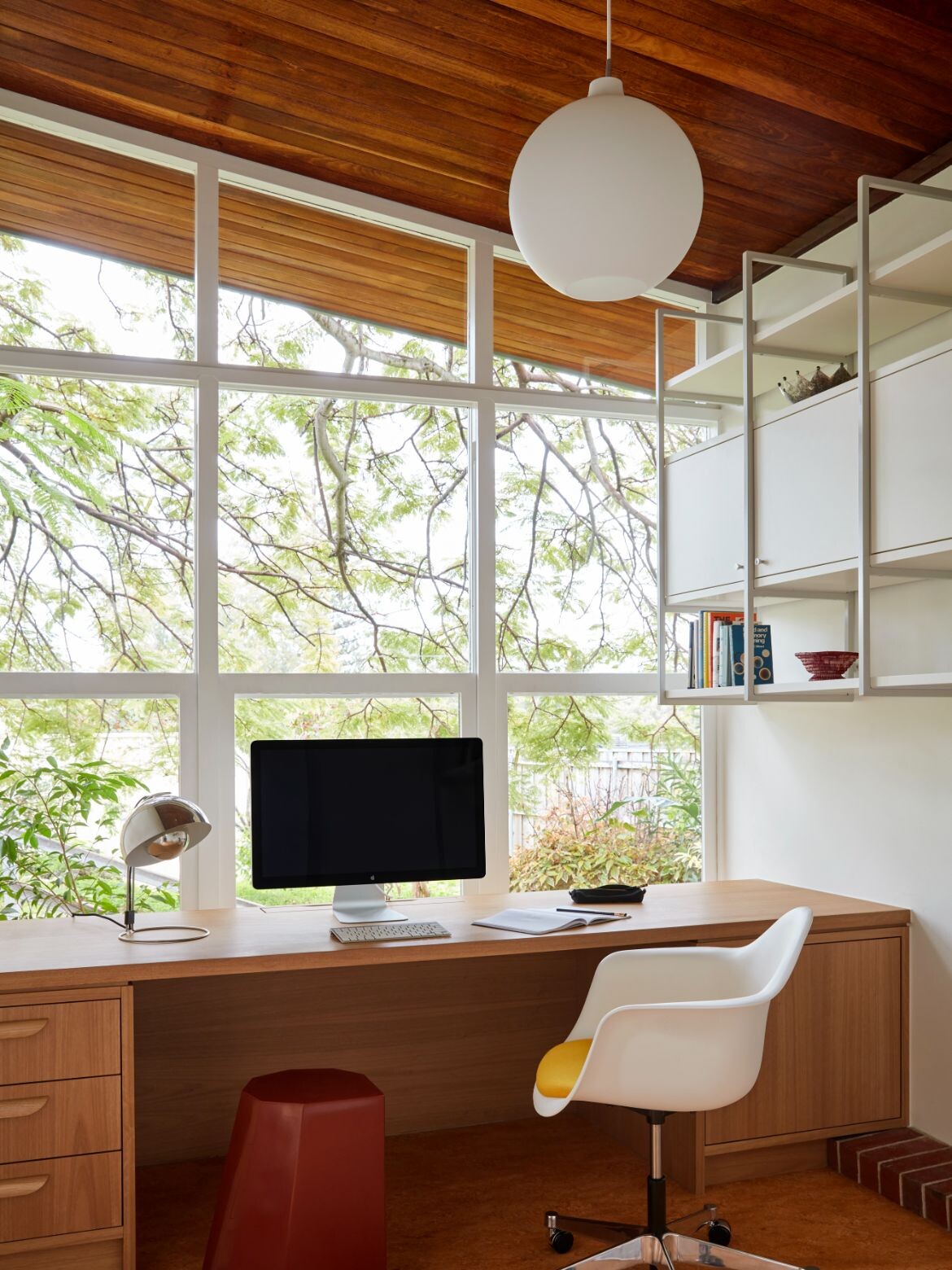
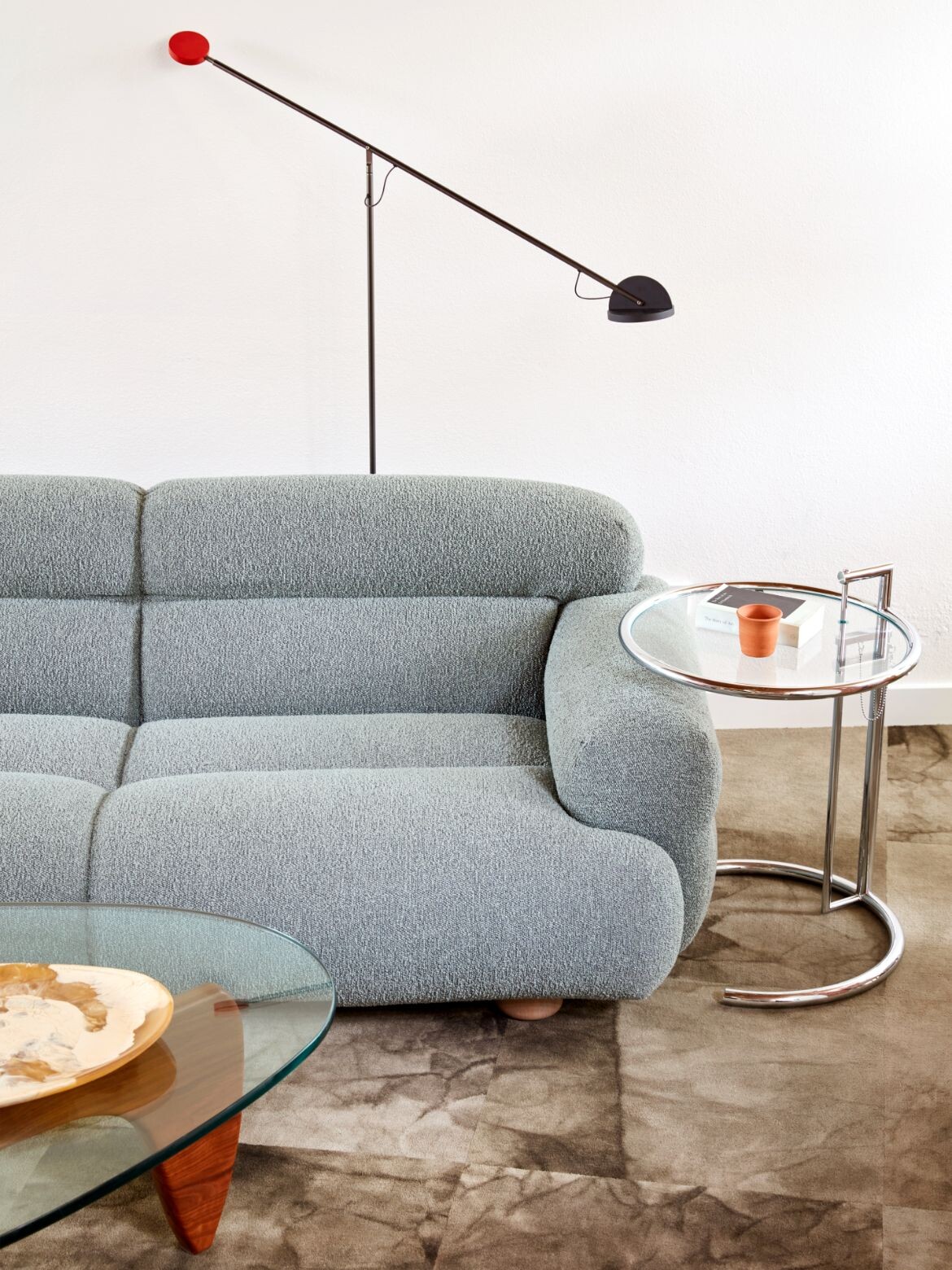

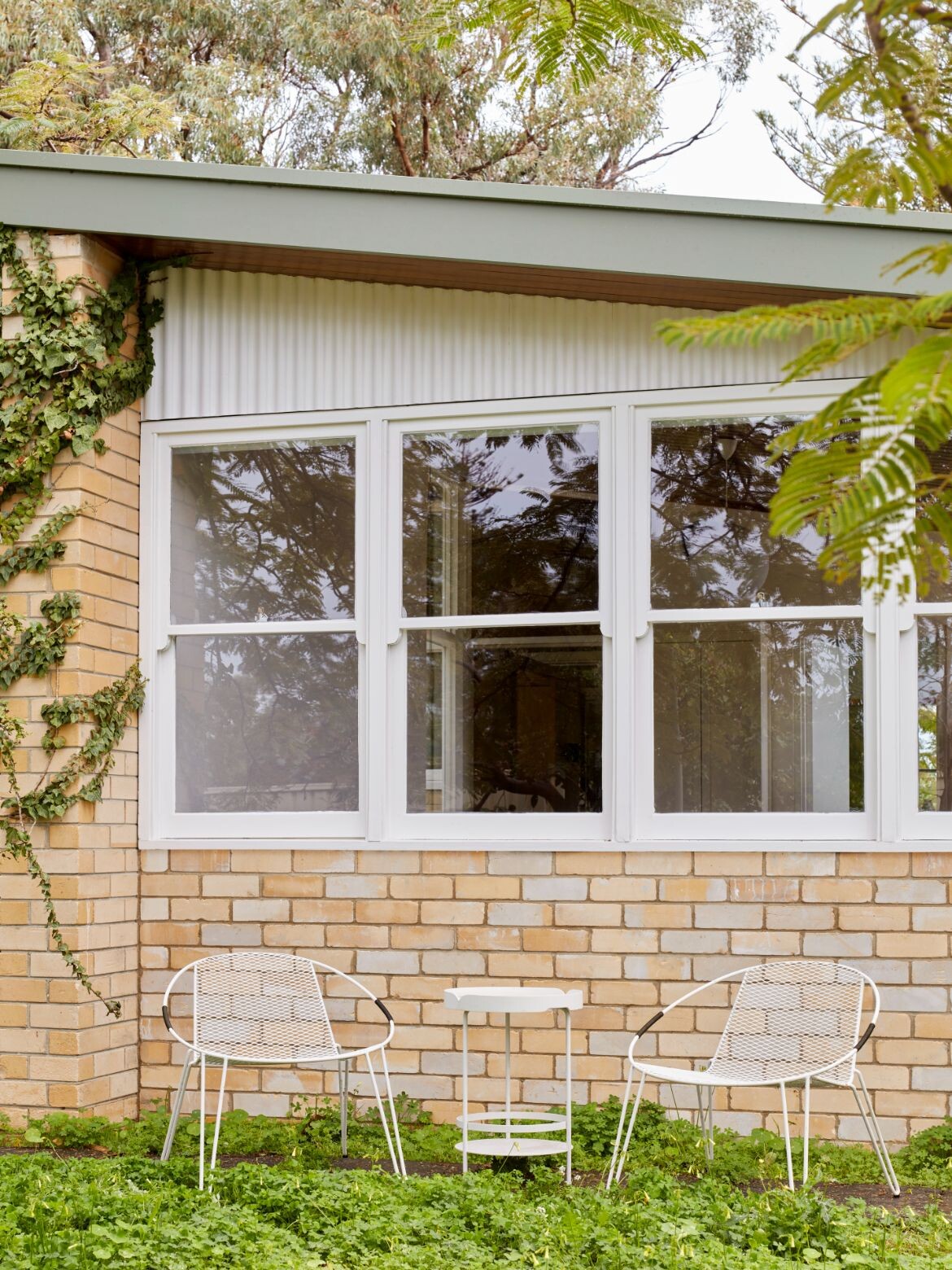

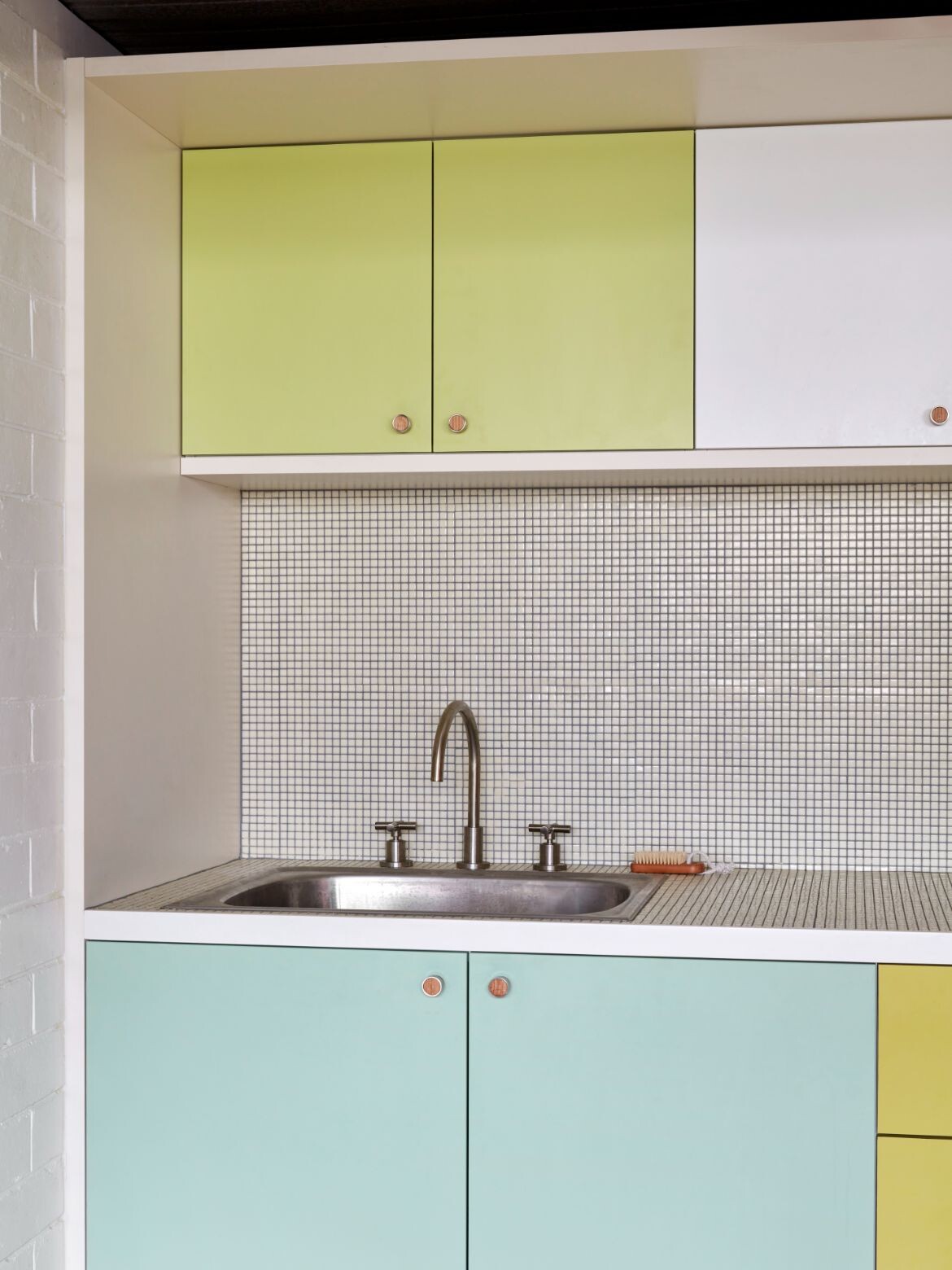
Project Details
Architecture & Interiors – Design Theory
Photography – Jack Lovel
Location – City Beach, Perth, Australia
Traditional Custodians – Whadjuk Nyoongar People
This residence originally appeared in issue #56 of Habitus – the Coastal Living issue.

